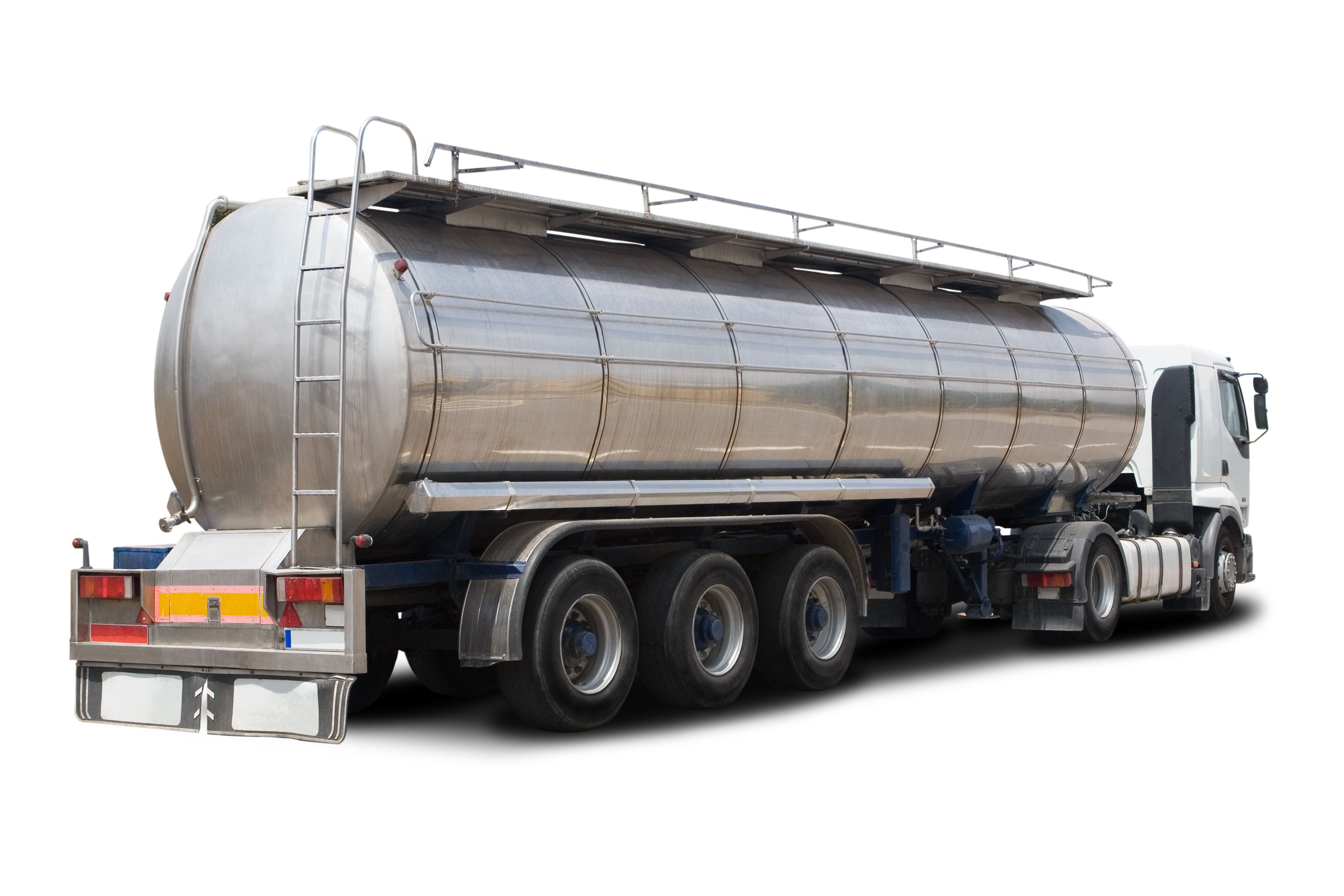Oilfield service companies in Alberta play numerous roles in the establishment and maintenance of local pipelines, oil and gas wells, and related facilities. One of these services is seismic testing, also called seismic surveying.
Interestingly, the first instance of seismic testing in Canada was conducted in Alberta’s Turner Valley in 1929!
Why Are Seismic Surveys Necessary?
There’s much more to the earth than what we see on its surface, and that’s where seismic surveying comes in handy. The establishment of new pipelines requires extensive knowledge of the layout underground. Without this information, construction planning would be impossible, or at the very least, extremely inefficient.
However, seismic surveying can also be used for the location of new oil and gas deposits which may not be discoverable by other means.
How It Works
When surveying new regions and evaluating their potential, oilfield service companies in Alberta send seismic waves (known in layman’s terms as “shock waves”) into the ground by using small explosions or a Vibroseis truck.
Then, the service companies record the pattern of these shock waves as they travel deep within the earth, reflect from various obstacles or geologic structures underground, and finally return to the surface. Not only does this allow for an understanding of the subterranean layout, but also for the exact depth of any structures that return a signal.
Getting More Technical
Seismic testing results are recorded in either 2D or 3D images for simplicity of analysis, but these data must be processed from their raw forms before they can be visualized and interpreted by experts. Processing is completed via specially designed computer software and is becoming more and more efficient as computers grow more sophisticated and software becomes more precise.
With the continued improvement of digital tools will certainly come even more powerful seismic surveying abilities in the future. Visit them at Platinum Pipefitting Inc. for more information!



